Texas A&M-designed irrigation runoff mitigation system patented, available for licensing
Writer: Kay Ledbetter, 806-677-5608, [email protected]
Contact: Dr. Ben Wherley, 979-845-1591, [email protected]
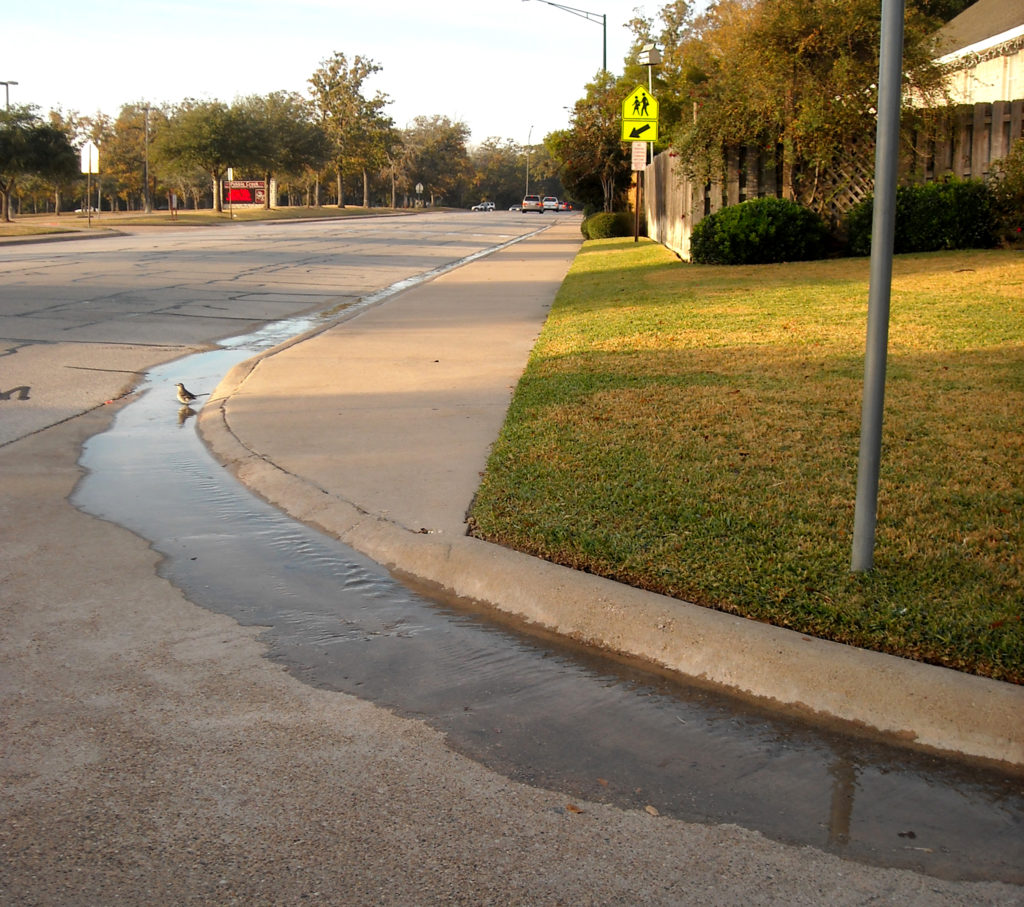
COLLEGE STATION – Just as temperatures begin to heat up and lawns begin to seemingly beg for water, Texas A&M AgriLife faculty were recognized at a patent award banquet for their irrigation runoff mitigation system.
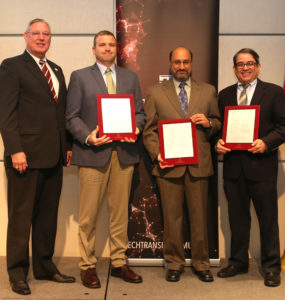
With water waste a growing problem nationwide, an interdisciplinary team of engineers, irrigation researchers and turfgrass experts have spent the past two years designing a solution to conserve strained water supplies in municipal landscapes.
Leading the invention were Dr. Ben Wherley, Texas A&M AgriLife Research turfgrass ecologist, and Dr. Jorge Alvarado, Texas A&M University department of engineering technology and industrial distribution professor, both in College Station.
Other team members on the project were Dr. Richard White and Jim Thomas, both retired from Texas A&M’s soil and crop sciences department; Dr. Casey Reynolds, formerly with AgriLife Research; Dr. Fouad Jaber, Texas A&M AgriLife Extension Service engineering specialist, Dallas; and Dean Tate and Junfeng Men, both former engineering students.
The team’s objective was to design a reliable, durable and low-cost Landscape Irrigation Runoff Mitigation System, or LIRMS, that could minimize irrigation runoff losses from residential or commercial landscapes.
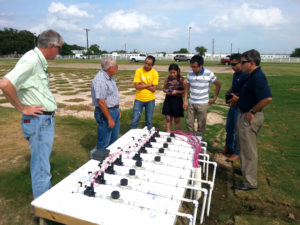
Feedback control systems for automated irrigation systems have been limited to soil moisture sensors, weather-based evapotranspiration controllers and rain sensors, Wherley said. A need existed for a system to control scheduled irrigated delivery based on detected irrigation-water runoff.
“In a series of tests comparing LIRMS-controlled irrigation versus industry standard irrigation practices at our runoff measurement facility, the LIRMS was able to reduce landscape runoff by up to 50% during a typical 1-inch irrigation event,” he said.
LIRMS quickly detects and responds to the early stages of runoff, pausing irrigation and generating an automated cycle soaking through the duration of the allotted run period, thus mitigating significant runoff fluxes, Wherley said.
With LIRMS control during an irrigation event, 30 minutes of irrigation may require a few hours to apply, depending on the potential for runoff in a given landscape, he said.
“However, the result is more water ending up in the soil, and less in the storm sewers,” Alvarado said.
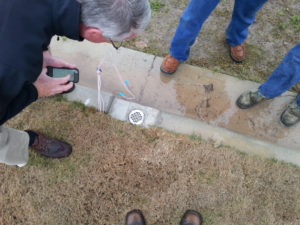
The LIRMS system detects flow of water through a boundary, which may be a curb or the junction of two adjoining properties, he said. A controller is operatively coupled to the irrigation system and the sensor. Responsive to the sensor detecting flow of water through the boundary above a predefined threshold, the controller signals the irrigation system to pause irrigation.
“We know urban and/or municipal water use will continue to represent a significant portion of overall water demand in Texas, especially given the rapid pace of urban growth in the state,” Wherley said. “And while most municipalities prohibit irrigation runoff, enforcing it is a challenge.”
Both Alvarado and Wherley said there is still room for improvement in the system.
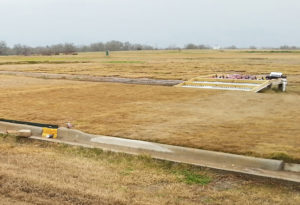
“Our future efforts will seek to improve efficiency of the system in terms of recognizing appropriate lengths of pause periods based on ambient soil moisture, soil texture, slope and other factors by using artificial intelligence to simply recognize when soil saturation has been achieved based on the runoff dynamics,” Alvarado said.
“As population growth places greater strains on potable water, we believe LIRMS has enormous potential to help water conservation efforts for communities throughout the country.” Wherley said.
LIRMS is composed of a sensor as well as a controller and these would be installed by a professional irrigation contractor when a new system is installed, or as an add on to an existing irrigation system, he said.
“Since no company has licensed the technology yet, the devices we have now are simply prototypes,” Wherley said. “A professional company might improve the device and make it look completely different than it does now. But our patent covers any type of system that controls irrigation in response to detected runoff.”
The product is available for licensing through Texas A&M’s Technology Commercialization website https://tinyurl.com/y2d3wxhe.


